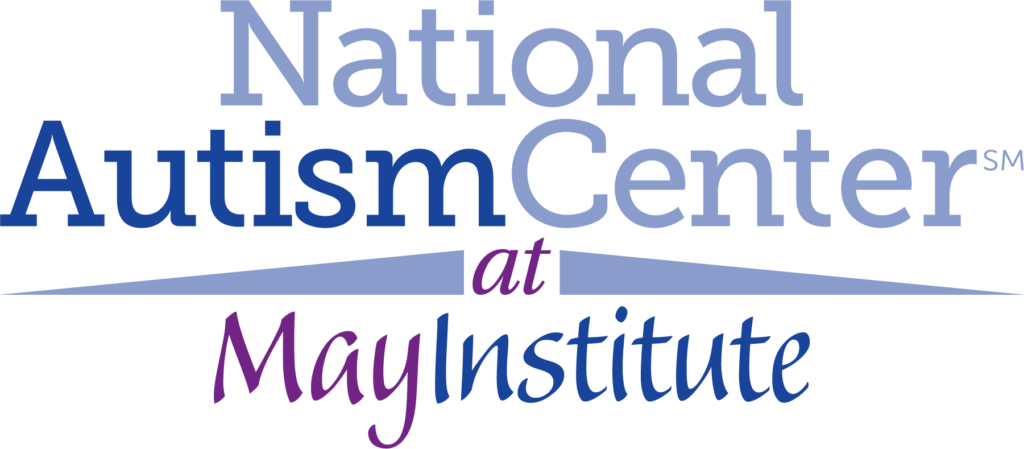Recent posts
May Institute Promotes Awareness, Acceptance, and Appreciation of Individuals with Autism
Randolph, Mass. – During Autism Awareness Month in April and throughout the year, May Institute and its National Autism Center are committed to raising awareness about autism spectrum disorder (ASD) and informing the public about evidence-based treatments that can improve the lives of people living with and affected by autism.
“We have been proudly serving individuals with autism across the lifespan to increase their independence and promote their dignity since our founding in 1955,” says Lauren C. Solotar, Ph.D., ABPP, President and CEO. “When The Autism Society of America launched the first Autism Awareness Month in April of 1970, May Institute enthusiastically joined in. And we wholeheartedly embrace this year’s theme of ‘moving beyond simply promoting autism awareness to encouraging friends and collaborators to become partners in acceptance and appreciation.’
“Making people aware that one in 68 children has been diagnosed with ASD is just the beginning,” continued Dr. Solotar. “It is vitally important that we all continue to learn more about these individuals, appreciate their gifts and talents as well as their challenges, welcome them into our schools and communities, and treat them with the respect they deserve.”
Toward that end, May Institute offers the following 30 articles about autism and related special needs from its library of resources, written in accessible and practical language by dozens of its clinical experts. These articles provide important information on a range of topics including diagnosis, early intervention, effective treatment, and everyday living strategies for individuals and families living with ASD.
A CLOSER LOOK AT AUTISM: 30 TOPICS, 30 DAYS
1. Get the Facts About ASD
2. How Is ASD Diagnosed?
3. Early Intervention
4. Evidence-based Practices
5. What Is Applied Behavior Analysis?
6. What Does That Mean? (Part 1)
What Does That Mean? (Part 2)
7. Functions of Behaviors
8. Reducing Self-stimulatory Behavior
9. Behavior Traps and How to Avoid Them
10. Communication Tools for Children with ASD
11. Collaborative Communication
12. Addressing Different Needs of All Children
13. Taking Turns
14. Helping a Child with ASD Prepare for Change
15. Helping a Child with ASD Adjust to Change
16. Colds and Flu
17. Seven Steps to Building Respectful Teaching Relationships with Children (Instructional Control)
18. Homework: from Stress to Success
19. The Pros and Cons of Using Prompts
20. Welcoming a Pet into the Family
21. Coming of Age with a Developmental Disability
22. Helping a Young Adult with Special Needs Develop Dating Skills
23. Helping People with Communication Disorders Make Themselves Understood
24. Managing Sensory Overload
25. Turning 22 and Autism
26. Helping Individuals with Autism Develop Friendships
27. Vacationing with an Adult with Intellectual Disabilities
28. Anxiety Disorders in People with Intellectual Disabilities
29. Aging Adults and ABA
30. Celebrating the Special Qualities of Individuals with ASD


Thanks for your blog, nice to read. Do not stop.